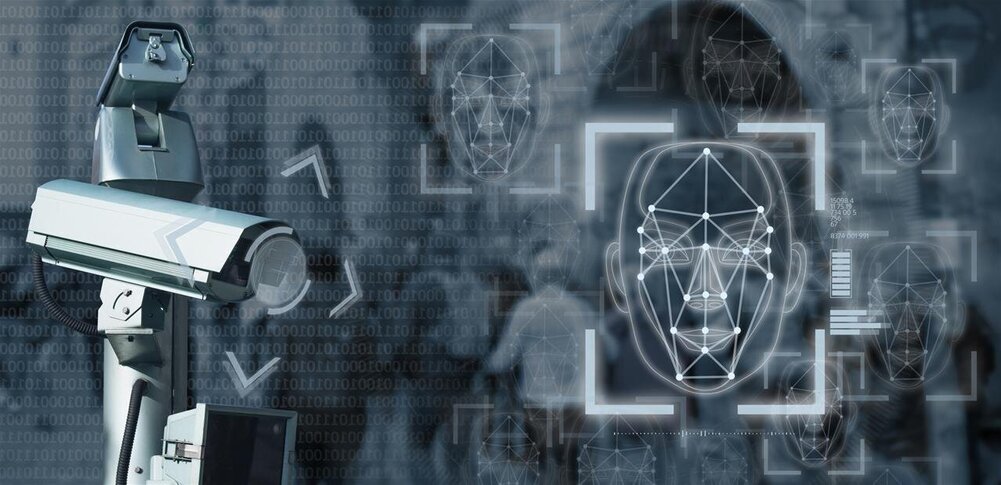-
Content generated by AI, such as ChatGPT, has raised questions of accuracy and trustworthiness.
-
Businesses should be aware that while generative AI technologies have sped up the creation of content they should not rely upon them solely.
-
They should instead use these technologies as assistive tools or in building solid AI strategies to mitigate the risks.
Automation relies on human dependence on machine intelligence, which is deeply affected by the universal values of accuracy and trust. Automation and efficiency initiatives will be hampered by a lack of adherence to these principles.
An entirely novel wave of automation entered the world in November 2022 with the launch of ChatGPT and its potent computational capacity and ability to generate content on its own. Some incorrect content produced by ChatGPT and its rival Bard, however, has damaged public belief in these artificially intelligent machines. While many were enthralled by how quickly these tools could produce content, many were worried about the accuracy and trustworthiness of this machine-generated material.
A major problem with deep learning algorithms that generate content is whether or not that content is fraudulent, erroneous, spreading disinformation or simply wrong. Some have warned against the era of fakery ushered in by generative artificial intelligence (AI) technologies, arguing that robust AI regulations and strategies should be devised to prevent defamation of individuals and businesses.
This situation is getting more challenging: a recent study suggests individuals have only a 50% chance of correctly identifying whether AI-generated content is real or fake. Although programmers work to train their algorithms on ethical and correct data, there are now start-ups that assist organizations in identifying fraudulent records, such as OARO, which assists businesses in authenticating and verifying digital identity, compliance and media.
Mots-clés : cybersécurité, sécurité informatique, protection des données, menaces cybernétiques, veille cyber, analyse de vulnérabilités, sécurité des réseaux, cyberattaques, conformité RGPD, NIS2, DORA, PCIDSS, DEVSECOPS, eSANTE, intelligence artificielle, IA en cybersécurité, apprentissage automatique, deep learning, algorithmes de sécurité, détection des anomalies, systèmes intelligents, automatisation de la sécurité, IA pour la prévention des cyberattaques.






